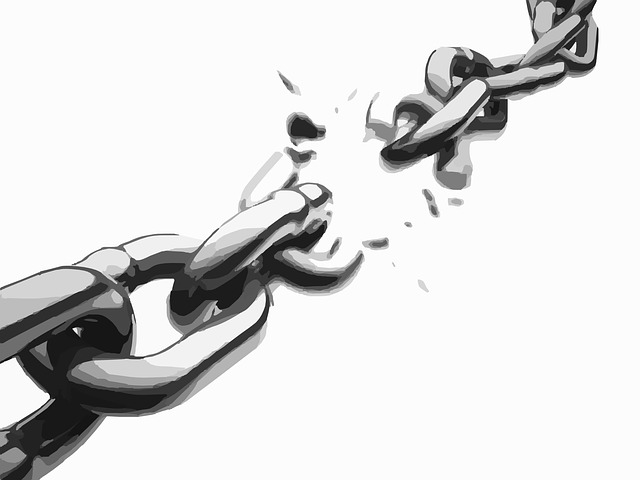Link analysis is a critical component of any successful SEO strategy. It involves examining the links that point to your website to understand how they impact your search engine rankings. While building a strong link profile is important, it is equally crucial to regularly analyze your links to ensure they continue to contribute positively to your website’s visibility in search results.
So, how often should you analyze your link profile? The answer depends on several factors, including the size of your website, the rate at which new links are acquired, and the overall competitiveness of your industry. In general, it is recommended to analyze your link profile at least once a month. This frequency allows you to stay on top of any changes in your link profile and take appropriate action if necessary.
One of the main reasons to analyze your link profile regularly is to identify and address any potentially harmful or unnatural links. Google and other search engines penalize websites with spammy or low-quality links, which can significantly impact your search rankings. By conducting regular link analysis, you can proactively identify and remove these toxic links before they cause any damage.
Another benefit of regular link analysis is that it helps you uncover new linking opportunities. When you analyze your link profile, you can identify websites that are linking to your competitors but not to your own site. This information can be valuable as it presents an opportunity to reach out to these websites and request a link to your own content. By regularly analyzing your link profile, you can spot these opportunities and take action to acquire new, high-quality backlinks.
When performing a link analysis, there are several key metrics that you should take into consideration. These metrics can help you gauge the quality and relevance of your links and determine whether any action needs to be taken. Some of the important metrics include:
- Domain Authority (DA): This metric, developed by Moz, is a score that predicts how well a website will perform in search engine rankings. It ranges from 1 to 100, with higher scores indicating a stronger website. Analyzing the DA of the websites linking to your site can help you assess the quality of your backlinks.
- Page Authority (PA): Similar to DA, PA is a metric that predicts the ranking strength of a specific page rather than the entire website. It is important to consider both DA and PA when analyzing your link profile to get a complete picture of your backlinks.
- Anchor Text Distribution: The anchor text is the visible, clickable text in a hyperlink. Analyzing the anchor text distribution of your backlinks helps you understand how diverse and relevant your link profile is. A healthy link profile should have a variety of anchor text and not rely too heavily on specific keywords.
- Dofollow and Nofollow Links: Dofollow links pass authority from the linking page to your website, while nofollow links do not. While both types of links are important for a natural link profile, analyzing the ratio of dofollow to nofollow links can help you ensure a well-rounded link profile.
Once you have gathered all the necessary metrics, it’s time to take action based on your analysis. If you discover any low-quality or spammy links, you should make efforts to remove or disavow them. Contact the website owner or use Google’s disavow tool to request removal or inform search engines that you do not want them to consider those links when assessing your website.
On the other hand, if you identify new linking opportunities, reach out to the website owners and offer valuable content or resources that they can link to. Building relationships with relevant websites in your industry can not only improve your link profile but also drive targeted traffic to your site.
In conclusion, regular analysis of your link profile is essential for improving your website’s search engine rankings and maintaining a healthy link profile. By analyzing key metrics and taking appropriate action, you can ensure that your website continues to attract high-quality backlinks that positively impact your SEO efforts.
